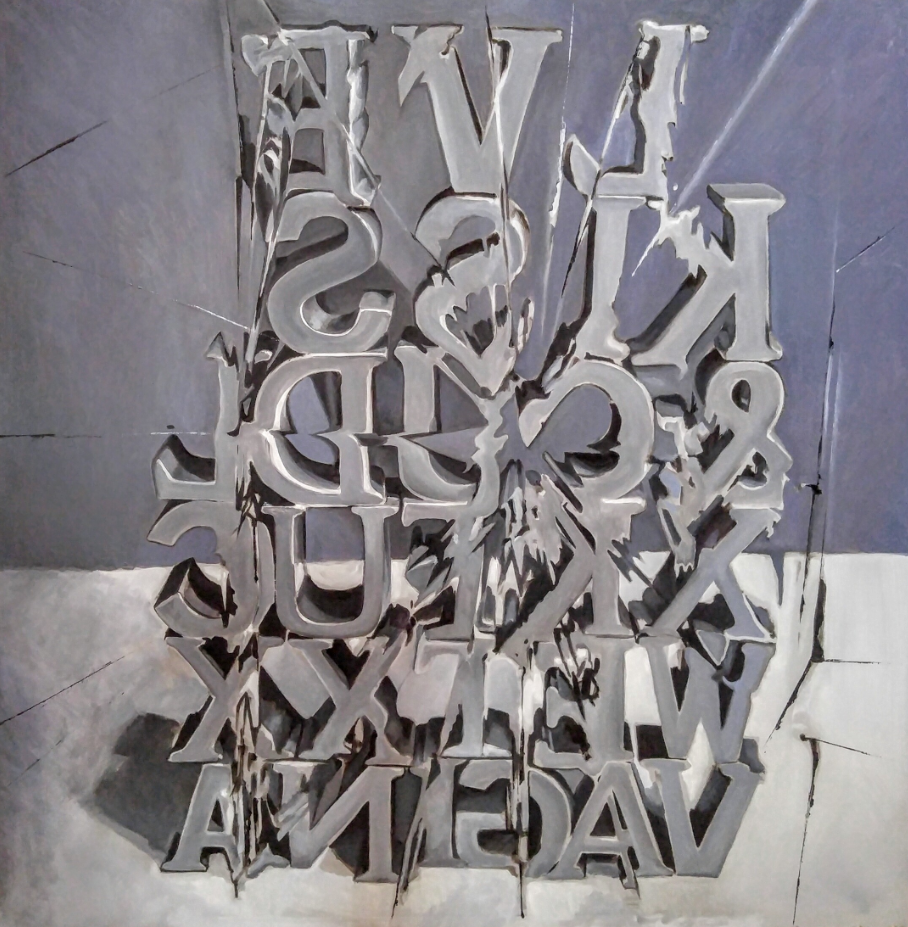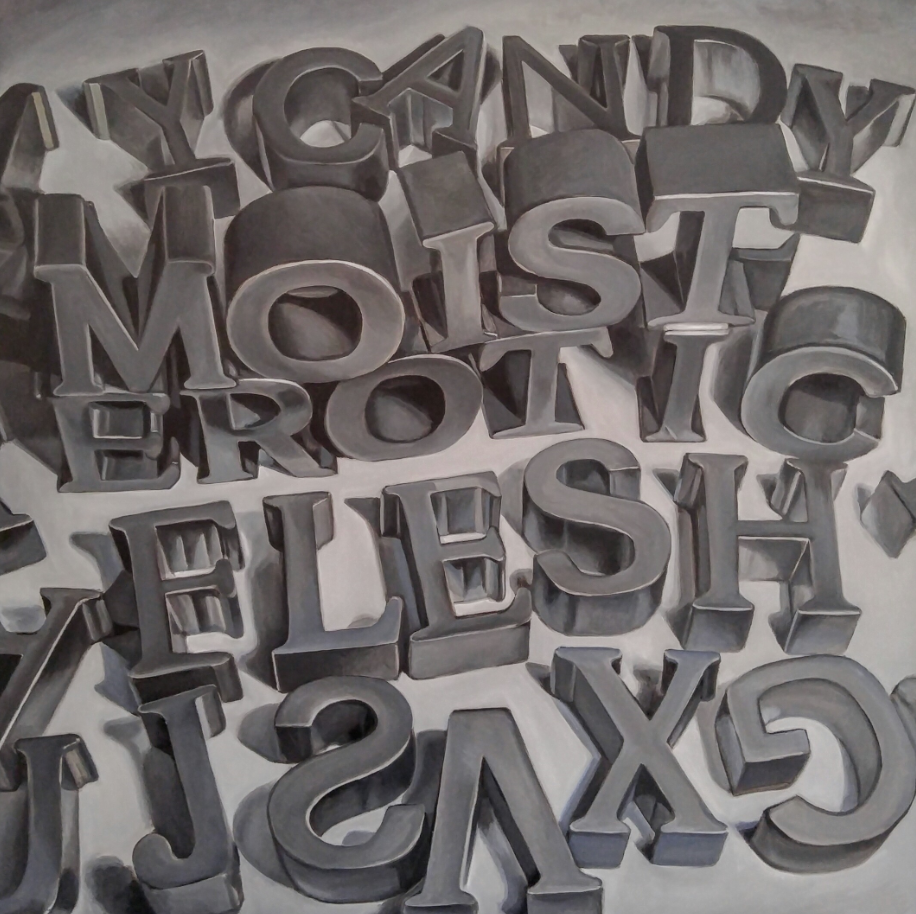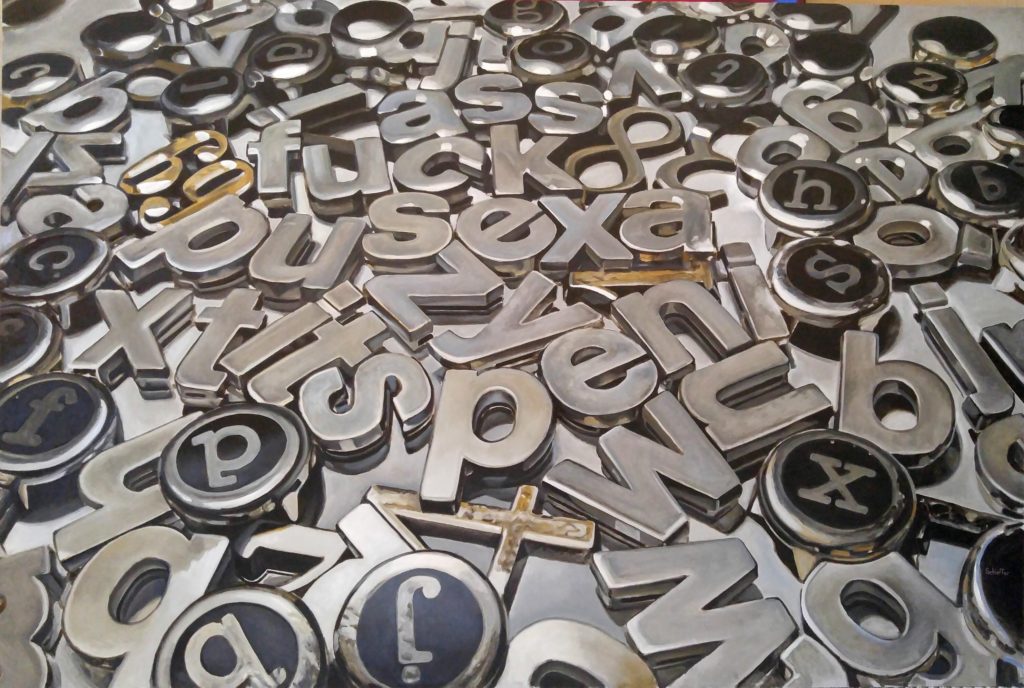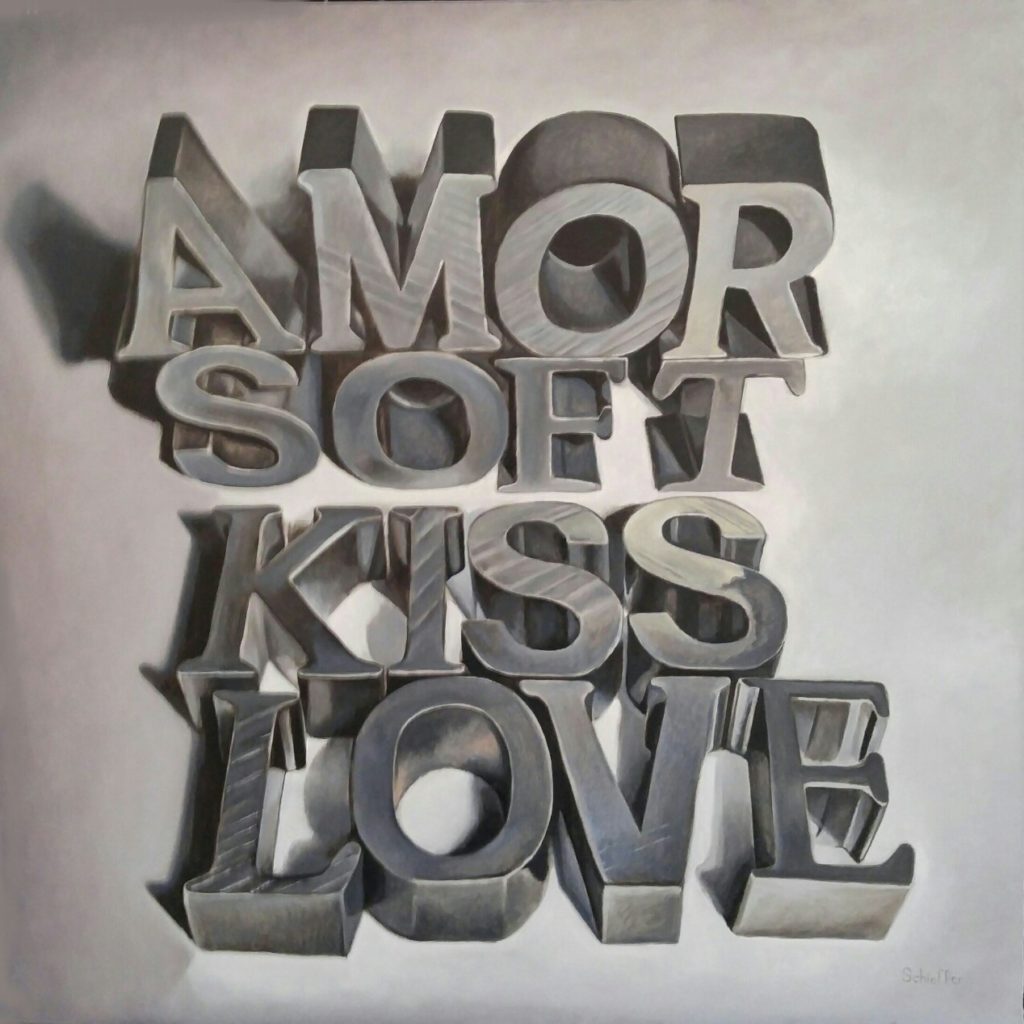People
artnet Asks: Photorealist John Schieffer Offers a Few Words to the Wise
We talk to the artist about his artistic practice and inspirations behind his latest exhibition.

We talk to the artist about his artistic practice and inspirations behind his latest exhibition.

Artnet Galleries Team

Since the turn of the 20th century, the vernacular of painterly expression has expanded to include visual languages that range from abstraction to figuration, and from multi-media to performative. With so much of today’s painting being categorized under a critical lens, it is interesting to find work by painters who are simply using the medium to communicate its function. Unlike Abstract Expressionists like Jackson Pollock, Willem de Kooning and Franz Kline—who reduced painting to its immediate function as a substance that stains canvas—Photorealist painters insist on the medium’s potential to represent reality in photographic terms. But, is it practical, as we could easily take a digital photograph with crisp resolution and high-fidelity? For many prominent Photorealist painters, including Chuck Close, Richard Estes, and Ralph Goings, this question would be dismissive of their practice.
In John Schieffer‘s work, the photorealistic depiction of reality evokes as much emotion and mystery as Surrealism. His work can be seen in Bonner David Galleries exhibition “Rated R,” where he confronts the preconceived notions and expectations we place on words. We spoke with Schieffer to learn more about the inspirations behind his new series and his views on contemporary painting.
Your most recent exhibition at Bonner David Galleries has a unique title, “Rated R.” Can you tell us more about it?
This exhibition started with a painting. In it I incorporated a random assortment of metal letters that never quite spell anything, which I do quite often. I have always shied away from using words in my paintings, but I enjoyed breaking this rule with this new series. It can be seen as a bridge between writing and visual art. I spelled out words related to sexuality. I felt compelled to do this because I believe that these words shouldn’t be considered as obscene. Human beings should be able to communicate clearly about sex. I believe that society censors the act of creating life, or sex, but doesn’t turn away from violence, or the act of taking life. The work is about communicating thoughts and ideas without shame. I use words that some people might find offensive. I wanted to create a playful and dramatic statement. Our sexuality is not shameful. The words are not making sentences or even phrases. It is a random assortment, spelling words that viewers might not ever say out loud.

John Schieffer. Courtesy of Bonner David Galleries.
Can you tell us about your creative process? What kinds of patterns, routines, or rituals do you have?
I usually think of ideas for my next work while working on my current one. For a time I wanted to have an area to do all my photo shoots, but I decided against it. There is a kind of randomness to tackling a new idea, and different locations help me see things differently. Many times I will take a bird’s eye view of the work or drop down to eye level, and what I had in mind won’t or can’t work, but new discoveries have been made in the process. I add objects, remove them, and edit lighting as well. All this is done to create an image that conveys the emotional content I want the viewer to receive.

John Schieffer, Mere Words I. Courtesy of Bonner David Galleries.
What are some things that inspire you now?
I find great inspiration in colorful and reflective objects. I use the shapes and colors I find in small, ubiquitous things to create thought provoking, moody, or emotional images. I enjoy working with metal and glass objects because of the way they reflect and magnify light. I find it captivating. It draws the viewer into the painting and lets their eyes wander. I recently purchased a welder and would like to try some metal work too. We shall see.
Is there a particular art movement or era that has inspired your work?
The painters of the Romantic era are of significant importance to me. The drama in their lighting of subjects and their focus on composition made me want to see more of each painting. The works were great at telling stories with a single image, but also were able to convey mood and emotion. I suppose I’d also have to include the Photorealism movement of the 1960s and 70s. Seeing these works and knowing that they were painted by hand is amazing. I started to look closely at them. Is it their level of detail or their use of light? Cameras capture the world in an instant and use a curved lens to make a flattened photo. It is my job as an artist to make it something better, to bring life back into it, to make the two-dimensional world three-dimensional again.

John Schieffer. Courtesy of Bonner David Galleries.
What do you think the significance of painting is for contemporary society? For contemporary art?
We live in a manufactured world. We are surrounded by it every day. Paintings are the works of human minds and hands. For contemporary society there will always be a connection to this. A painting created by hand communicates ideas, it communicates emotions regardless of content. Each stroke of paint is a road map into the soul of the artist, and each color is one into their mood. Contemporary art reconnects people to the real world and to each other whenever they feel disconnected. Paintings are not something you can download, but rather something to be experienced in person.
The artnet Gallery Network is a community of the world’s leading galleries offering artworks by today’s most collected artists. Learn more about becoming a member here, or explore our member galleries here.